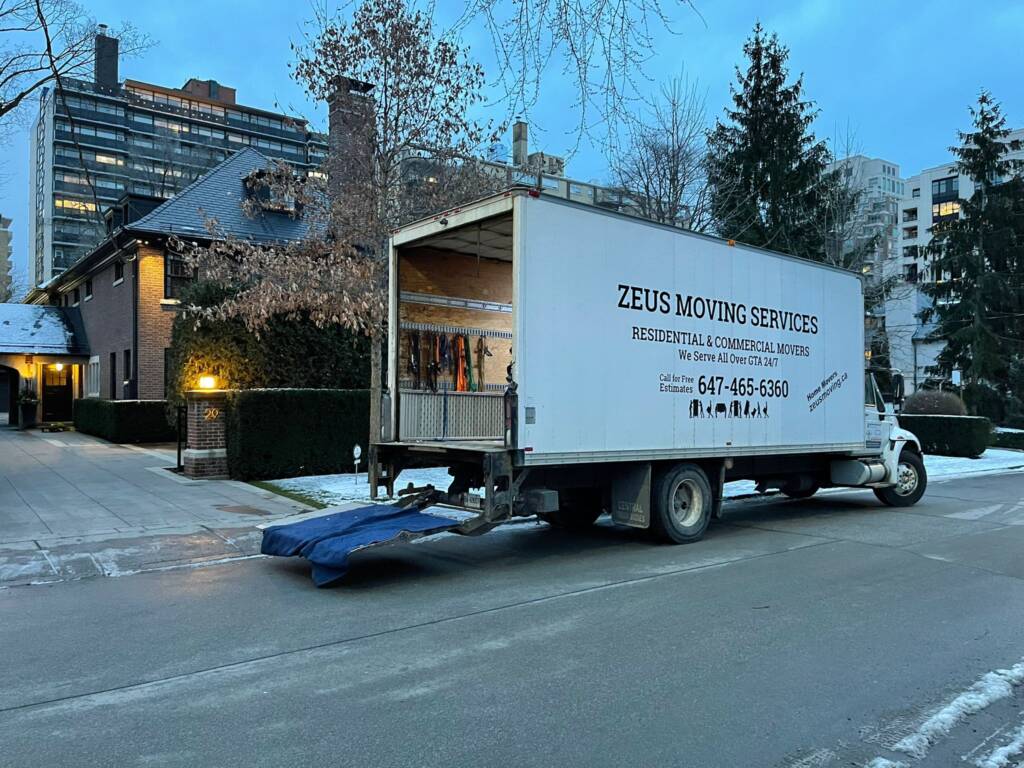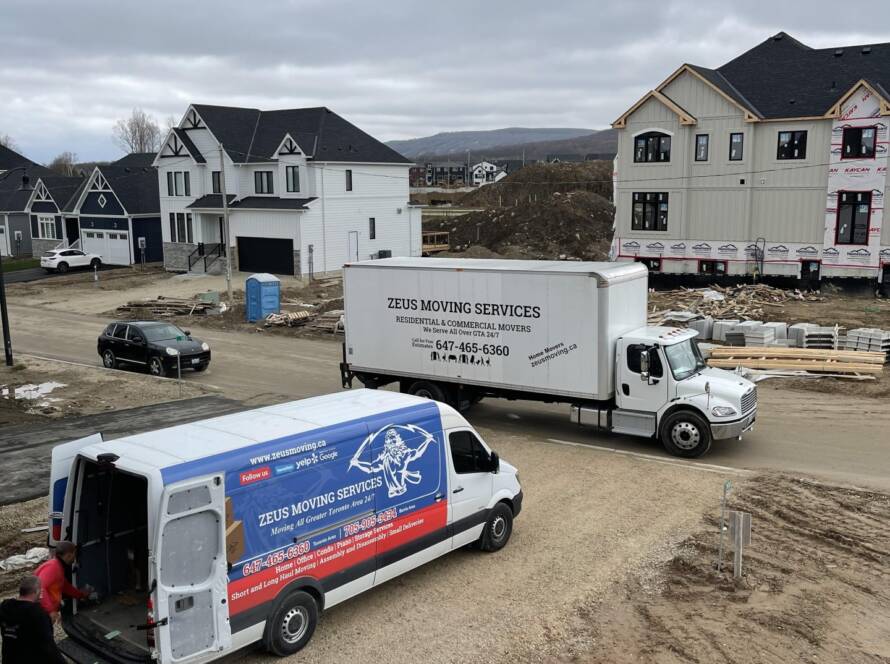The moving industry, as we know it today, is a well-oiled machine designed to make the relocation process as smooth and efficient as possible. But it wasn’t always this way. The history of moving companies is a fascinating journey of innovation, adaptation, and growth that reflects broader societal changes. Let’s explore how the moving industry evolved.

1. Early Beginnings: Moving by Horse and Cart
Long before the advent of moving companies, people moved their belongings using the most basic means available—horses and carts. In the early days, relocating meant gathering family and friends to load up all your possessions into a wagon or cart. Moving was a communal effort, often involving neighbors and relatives. This method was effective but limited in scope, as it depended heavily on the strength and availability of local resources.
2. The Rise of the Railroad: A New Era in Moving
The 19th century brought significant advancements in transportation with the rise of the railroad. For the first time, people could move long distances with relative ease. This period saw the emergence of the first specialized moving services, which utilized trains to transport goods and household items across the country. These early moving services were often connected to railroad companies, providing a vital link between towns and cities during the westward expansion in the United States and other parts of the world.
3. The Birth of Modern Moving Companies
The late 19th and early 20th centuries marked the birth of modern moving companies. As cities grew and industrialization took hold, the demand for professional moving services increased. The first true moving companies began to emerge, offering specialized services that included packing, transporting, and unpacking household goods. These companies started using motorized vehicles, such as trucks, which allowed for greater flexibility and efficiency in moving operations.
4. The Impact of the Automobile: Moving Goes Mobile
The invention and widespread adoption of the automobile had a profound impact on the moving industry. Trucks replaced horse-drawn carts, and moving companies could now offer door-to-door service. This development revolutionized the industry, making moves faster, more efficient, and accessible to a broader range of people. The introduction of larger vehicles also allowed moving companies to handle more complex and substantial moves, such as entire households or businesses.
5. Post-War Expansion: Moving Companies Flourish
After World War II, the moving industry experienced significant growth. The post-war economic boom increased mobility, as families relocated for new job opportunities and better living conditions. The rise of suburbanization also fueled the demand for professional movers. Moving companies expanded their services to meet the needs of a more mobile population, offering comprehensive solutions that included storage, packing, and even international moving services.
6. Technological Advancements: The Digital Age
The late 20th and early 21st centuries brought about technological advancements that again transformed the moving industry. The advent of computers, the internet, and mobile technology allowed moving companies to streamline operations, enhance customer service, and improve logistics. Online booking, real-time tracking, and virtual surveys have become standard practices, making the moving process more transparent and user-friendly.
7. Sustainability and Innovation: The Future of Moving
In recent years, the moving industry has embraced sustainability and innovation as key growth drivers. Companies are adopting eco-friendly practices, such as using reusable packing materials and optimizing routes to reduce carbon emissions. Additionally, advancements in logistics technology continue to improve efficiency, allowing for more precise scheduling and resource management.
Conclusion
The history of moving companies is a story of continuous evolution, driven by technological advancements, societal changes, and the ever-present need for mobility. From horse-drawn carts to high-tech logistics, the moving industry has come a long way, adapting to meet the needs of a dynamic and increasingly globalized world. As we look to the future, the industry is poised to continue evolving, with sustainability and innovation at the forefront of its development.



